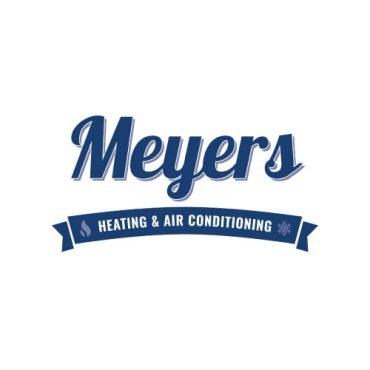In 2013, Lyons was hit hard by the flooding of the St. Vrain River. Many people lost their homes, and were forced to either rebuild or move. Some people chose to sell their property to the town through a federal buyout program. KGNU’s Julia Caulfield reports that three and a half years later, the town is still working on what to do with the properties.
On a sunny day, with wisps of clouds in the bright blue sky, in a small neighborhood on the edge of Lyons, the beeping of a bulldozer is constant reminder that three and a half years ago, where we’re standing right now was completely submerged in water.
Rick DiSalvo and his wife were out of town when the flood hit in September 2013. They watched on the Weather Channel as their neighborhood and house got enveloped by water. Now, they’ve rebuilt their home, but he says they still feel the effects of the flood.
“We’re actually standing here now, what, three and a half years after the flood looking at the reminisce of four or five mobile homes that still haven’t been cleared out, that are damaged…And you can hear the bulldozer, the front end loader in the background; they’re still doing work in the confluence, along the creeks to stabilize and…both recover from the flood, as well as improve the flows, and hopefully mitigate the effects of future flooding.”
DiSalvo lives in what is called the Confluence Neighborhood in Lyons. It sits just to the west of where the North Saint Vrain and South Saint Vrain Creeks meet. In 2013 both creeks overflowed their banks and water flooded into the neighborhood. Residents were displaced for months and some weren’t able to come back.
For those who owned homes in the Confluence Neighborhood, many they had the opportunity to sell their property to the town of Lyons through a 404 buyout program. It was part of the Federal Emergency Management Agency–or FEMA’s–Hazard Mitigation Program designed to help reduce the chance of damage in future disasters.
The Town of Lyons bought 28 properties through the buyout program. Now, they have all this land and need to figure out what to do with it. Which leads to a town meeting to discuss the possibilities. Clustered in small groups, community members pin bits of styrofoam with images on them to maps of the town. They have things like “garden”, “footbridge”, and “permanent art” on them.
Carter Marshall is a project manager for Design Concepts, the company tasked with developing the plans for the properties. He calls the meeting a “workshop” and residents are encouraged to move things around, and draw on the maps to give a clear idea of what they want the buyout properties to look like in the future.
Buyout regulations from FEMA say that the town can’t do any major developments on the land, and for the most part the community seems unified in wanting open spaces, gardens, and orchards.
Jason Stillman lives in the Confluence Neighborhood. His house didn’t flood, but they sustained a lot of property damage, and he’s ready to see the neighborhood back to the way it was.
“We had a beautiful park and a nice neighborhood and it was just a beautiful place to live and just for the most part I’d like to see it just like that…it’s been three and a half years, and we still have a dilapidated trailer park that I wake up every morning and see right out the front of my house, and…it’s kind of a painful reminder, and I hope that that can be torn down soon and our foot bridges can be put back in so the community can walk around the neighborhoods and stuff a lot easier, like we used to.”
Lyons is one of many communities around the country that have used money from the FEMA buyout program–including cities impacted by Hurricane Katrina and Hurricane Sandy. But Carter Marshall says they also learned from other non-disaster examples of community planning. 
“We’ve looked into, obviously places like New Orleans, where you have very similar sort of flood buyout scenarios, but also places like Detroit, or Cleveland, former Rust Belt cities that have declined in recent years and become blighted, and are now sort of resurging because they have all these lands that used to be people’s homes and they’ve really sort of reinvented themselves.”
But he says it’s also important to look specifically at what the community has to offer.
“Lyons is a very special place, and you know, it’s kind of that old adage ‘out of the ashes come something new’ and completely different and that’s what I’d like to see, is sort of a reinventing of Lyons in a way that really capitalizes on the resources they have, on the community, on the identity, on just how special the town is.”
That sentiment resonates with local resident Garima Fairfax, as well. She lives up the hill from the Confluence Neighborhood, but the water rose all the way to her house and came through the floor. She says that in addition to hardship from the flood, it has also brought the community together.
“It’s been really awesome going through the flood with everybody in town. It really brought us together. We help each other, we look for people who need help, we share, we talk to our neighbors more…a lot of good came out of it. Besides a lot of hard times for people, a lot of good came out of it.”
Design Concepts hopes to have the plan for the buyout property completed by April or May. Along with the Town of Lyons, they’re aiming to have the whole project done by the end of June.
-
 play_arrow
play_arrow
Lyons Residents Help Plan Post Flood Spaces Maeve Conran



















